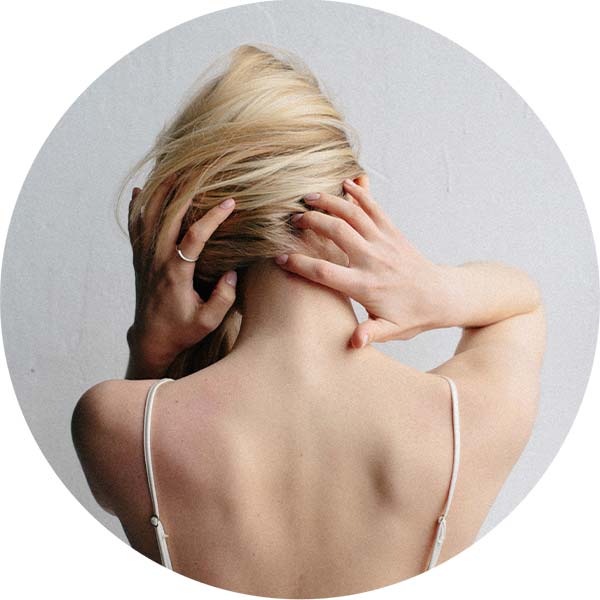CDC reports that more than 50 million people live with chronic pain in the United States.* Chronic pains impact the lives of both young and old alike: it affects their performance at school and work, socializing, sleep, sense of identity, and ability to physically do things. Although having healthy routines such as exercises and meditation are proven to be effective to ease the pain, many struggle to stick to it because of the pain. The condition tends to create a vicious cycle of engaging in fewer activities, getting fewer things done, and making the person feel less confident.


A survey was sent to several online groups and individuals who are struggling with chronic pain and mood swing. 64% of participants were below 39 years old. Most of them do leisurely exercise or prescribed exercises for pain management aside from numerous other treatments and routines in order to manage the pain.
I have looked at similar habits making and pain / mood products in the market. Many of them do let users record their mood: however, it does not necessarily take into account someone in pain. Those which do let users record their pain, don't necessarily help the user form new habits. Overall, they tend to just systematically visualize and record the daily events, which could be intimidating if the person falls behind and tries to get back using it again. Stoic uniquely arranges daily exercises based on the mood rating the user chooses; however, it is very heavy on journaling, which according to my user research, many people with chronic pains are having difficulty writing daily.
After conducting the survey and interviews, I gathered the information and group them into categories: frustrations, successes and motivations. From there I translated these steps into possible opportunities, solutions and processes leading to the ultimate objectives for the product.
From user research I narrowed down to two personas. A single person who has less pain and emotional need. And a mother whose life is dictated by her family's schedule, needing more emotional support with a higher pain level. Their motivation may be slightly different - the latter may be more motivated to become healthier for her family.
I began my process by imagining how someone would first encounter this app. For someone feeling pains and low self-esteem, it needs to be inviting and encouraging that the person took a first step to change one's routine. a bit of humor and lightness.
Initially I aimed for a calming effect of the dark background. While some praised the intention, others felt depressing or hard to read. After the usability test, I decided to develop a brighter theme in order to increase accessibility. In terms of progress visualization, I kept it intentionally abstract so that it is not too intimidating if the user falls behind.
Users' reactions were overall very positive. Many responded favorably to the app's concepts, features and styling. Confusions are mostly around button features. Some users avoided using menu icons and instead kept pressing cards on the screen. I omitted drop shadows from cards, and added texts under icons for clarifications. I decided to develop the lighter theme for this MVP project in order to resolve accessibility issues right away.
Users liked the meditations and mind exercise idea a lot, and want them to be expanded. Some uses wanted the app to suggest physical exercises.
Having more or less features depends on users' pain and mobility level. Expanding the library for meditative audio and other contents would be a good option. Although we could consider connecting to social media platforms, some users expressed the negative effect of comparing with other people while feeling pain.